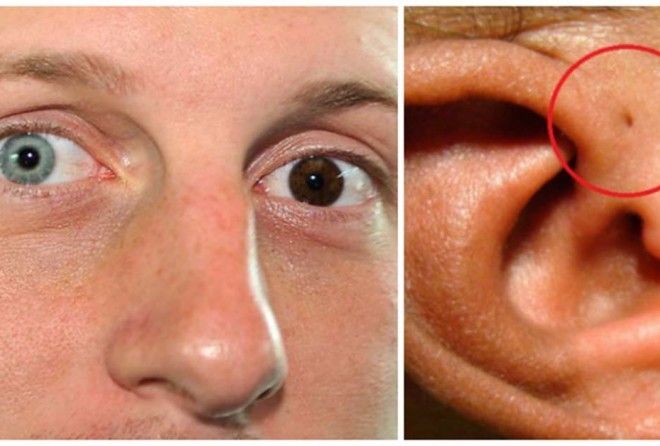Mutations in humans are extremely rare, and you probably don't have one, but those who do may have super strength, unbreakable bones, or striking physical features. Genetic abnormalities can lead to exceptional physical qualities that make those who have them particularly unique. Distinctive makeups in DNA give people unusual conditions that can be beneficial but may also cause complications.
Some People's Bones Just Don't Break
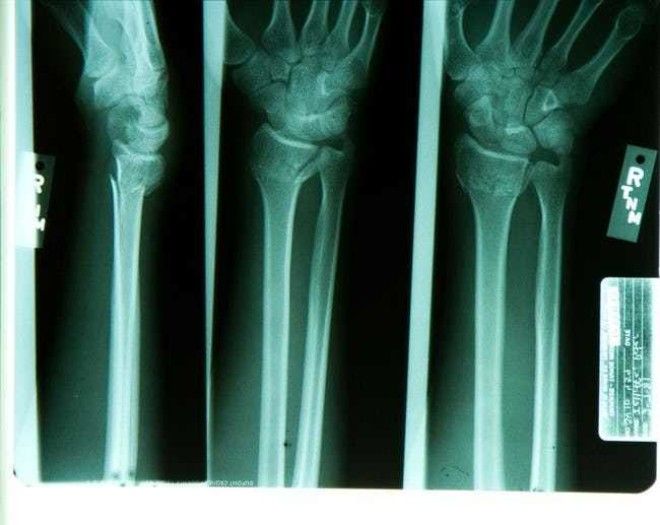
In 1994, scientists discovered a genetic mutation known as LRP5. The gene regulates the production and release of a protein that plays a major role in bone density. The mutation was discovered when a man involved in a serious car crash didn't suffer any fractures or broken bones. Researchers later found that he had family members who also have incredibly strong skeletons, one of whom underwent several failed hip replacements because doctors were unable to screw the prosthesis into his bone. Tests showed that the group had bones nearly eight times denser than the average person's, making them so tough that they were almost impossible to break under normal circumstances.
This Mutation Creates Very Strong Children
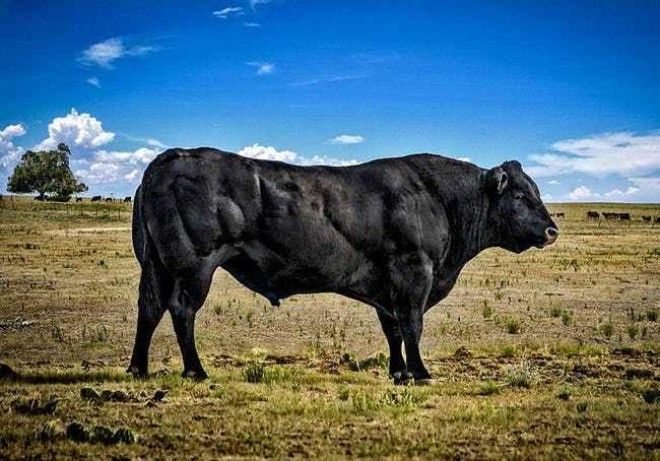
Although it's been well documented in mice and cattle, there have only been a few instances of inactive myostatin genes in humans. The condition causes people to develop incredibly strong muscles. Children who are born with the mutation have lean and well-defined muscles at a young age, possessing greater strength than children of similar ages. Long-term health issues associated with the disorder are unknown, as it hasn't been widely researched.
There Are People Who Can't Contract HIV
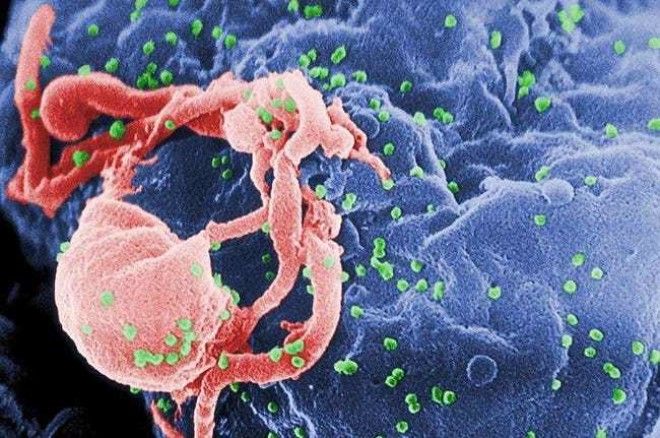
Up to 1% of those of Northern European descent may be resistant to the HIV infection because of an incredibly rare genetic mutation called CCR5 delta 32. This defect essentially causes the CCR5 co-receptor to be much smaller than it normally is, so the HIV virus cannot enter cells. The receptor is closed, preventing the virus from taking hold in victims' bodies. Scientists are working on a cure for the disease that involves using stem cells to mimic the genetics of those immune to HIV.
It's Not A Piercing
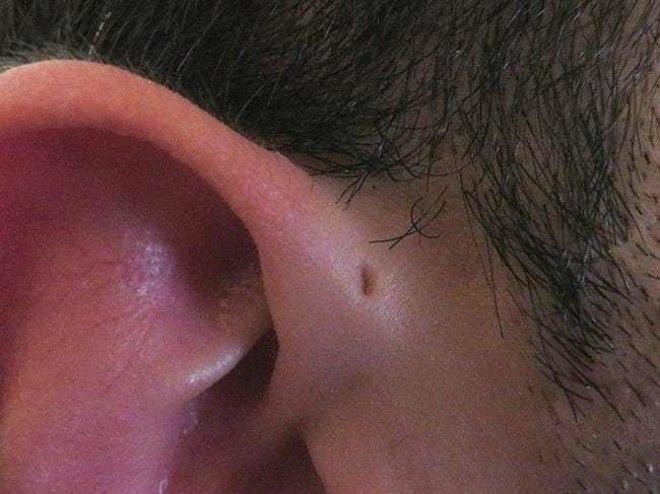
A preauricular sinus is a congenital condition that causes a small hole or dimple to develop on the outer ear. It is usually found at the top of the ear where it connects to the side of the head. Most of the time it's completely harmless, but it can make those who have it slightly more susceptible to infection. It's not particularly common in the West, where it is found in less than 1% of the population, but it's less rare in Asia and Africa where around four to 10% of the population have this mutation.
These Amish People Will Probably Live Longer Than The Rest Of Us
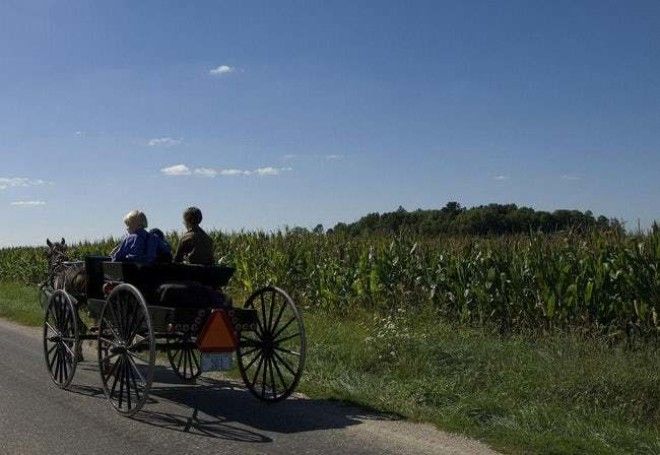
In 2017, scientists discovered a mutation in the SERPINE1 gene among members of the Berne Amish community in Indiana. This gene lowers the level of PAI-1 in the body of those with the mutation. PAI-1 is found in higher concentrations in people with diabetes, obesity, and cardiovascular disease.
Evidence suggests that the SERPINE1 mutation has two effects: it stops clots from forming in blood vessels and starts a process known as senescence. Senescence essentially puts cells into a form of suspended animation, which prevents them from being destroyed or damaged. The end result is that those carrying the mutation can live for up to 10 years longer, and they suffer from chronic illnesses such as heart disease at a much lower rate.
Only 40 People Have This Kind Of Blood

Golden blood is not quite what it sounds like. Rather than literally turning someone's blood a golden color, it's an incredibly rare blood group that only around 40 people in the world share. In scientific terms, people with golden blood are missing all Rh-blood cell antigens, which basically means that anyone with another rare Rh group can accept this type as donor blood. It makes the people who carry this anomaly incredibly valuable to the medical community; if they didn't exist, people with rare blood types would have to find an exact match, which could take months or even years.
Body Odor May Be Unpreventable
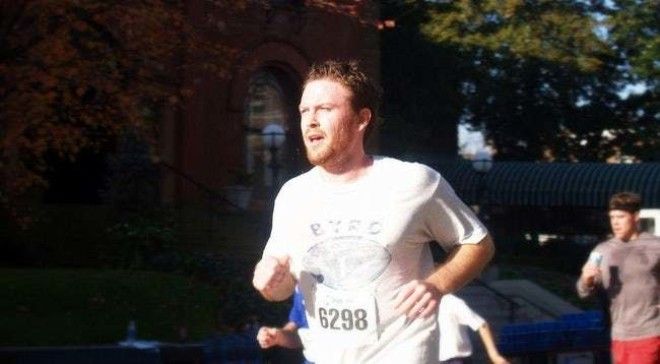
A very small number of people suffer from a genetic disorder that causes them to constantly emit an unpleasant smell. A certain enzyme in the body is responsible for breaking down the chemical trimethylaminuria, which is produced when food such as eggs, beans, and fish are digested. A mutation in the FMO3 gene prevents this important enzyme from being produced. The result is that the person with this genetic anomaly will suffer from strong body odor that smells similar to rotting fish. Less than 1% of people have this mutation, making it a rare occurrence in most populations.
Extra Ribs Can Develop Above The First Rib
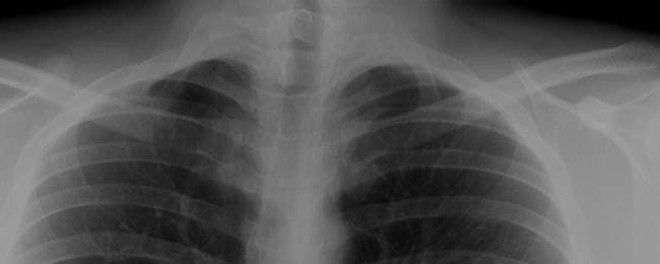
The cervical rib is an extra rib that very few people have. It grows above the first rib, just below the neckline, and can create extra ribs on both the left and right sides of the body. The condition arises from a genetic mutation that disrupts signals sent to cells in the womb when ribs are first developing. In certain cases, the mutation can cause pain, as the ribs may press on nerves, organs, or blood vessels. In exceptional circumstances surgery may be required to fix the issue.
A Few People Have Excess Hair Growth
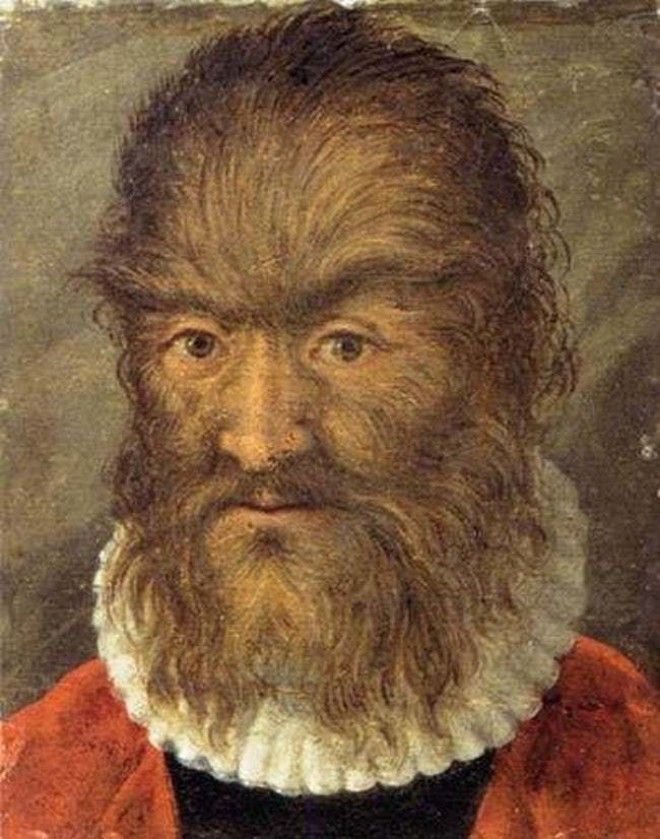
A genetic skin condition known as Ambras syndrome causes people to have an excess amount of hair all over their bodies. While it may be isolated to certain areas of a person’s anatomy, it often covers them entirely, leaving those who have hypertrichosis with long, thick hair. The syndrome is very rare and has only affected around 50 people since the Middle Ages. The gene responsible for this syndrome is Trps1; it disrupts messages sent to cells about developing follicles, causing excessive hair growth.
Melanin Distribution Affects Eye Color

Officially known as heterochromia, this condition causes people to have either two different eye colors or to have different colored sections in each eye. In certain circumstances it can lead to a difference in color of other body parts, such as the skin or hair. The most dramatic version causes irises to take on two completely different hues. The main cause of heterochromia is a genetic mutation that leads to errors in the distribution of melanin in the body. While it may not seem as rare as other genetic anomalies, it's estimated to affect only 1% of the world's population.
Double Eyelashes Look Striking But Can Lead To Health Problems
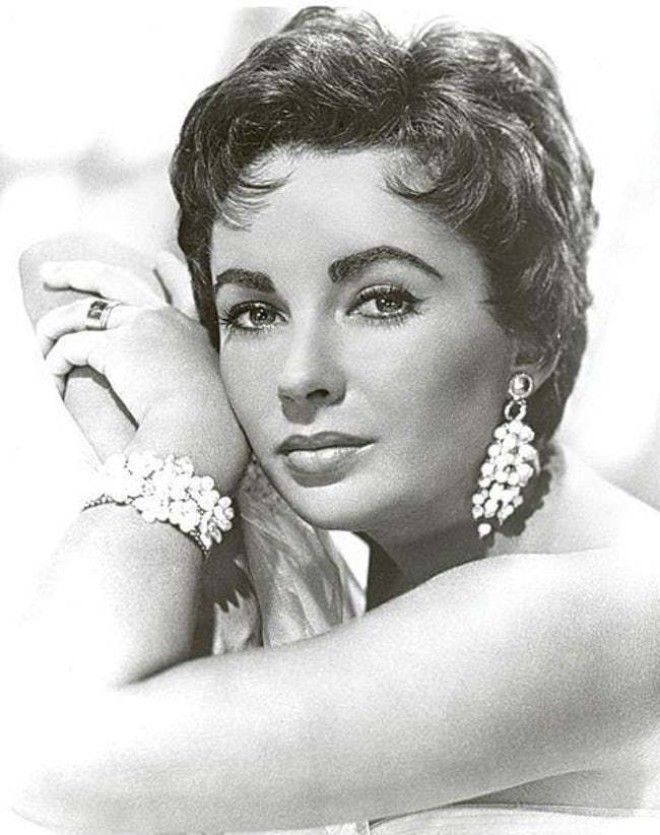
A genetic abnormality in the FOXC2 gene may be the cause of Liz Taylor's dazzling eyelashes. Known by its scientific name of distichiasis, the mutation essentially leads to an extra row of eyelashes growing above the top and bottom lash lines. Elizabeth Taylor famously had the condition, and it is often cited as having contributed to her striking appearance by drawing attention to her eyes. However, distichiasis can cause severe irritation and even problems with vision if the extra row of eyelashes grows into the eyes.
Tibetans And Nepalese People Inherit A Special Gene That Lets Them Breathe At High Altitudes

When an explorer embarks on an expedition to the top of Mount Everest, it's pretty common for them to bring along a Sherpa to help guide the way to the summit. As it turns out, these guides can contribute more than just navigational directions, as native Tibetans and Nepalese people are uniquely able to breathe normally at altitudes that make most people sick.
This special ability has been linked to a "superathlete gene" that can be traced back to a group known as the Denisovans, who lived in the mountainous regions around Asia roughly 40,000 years ago. The gene results in an increase in oxygen-carrying hemoglobin, which allows the body to distribute oxygen super-efficiently. Carriers of this gene are able to perform manual labor in high altitudes without having to worry about passing out from oxygen deprivation.
A Select Few Don't Need To Sleep Very Often

For most people, a few nights of lost sleep result in feelings of exhaustion, stomach issues, and a potentially reduced immune system. However, a small percentage of the population can get away with only sleeping a couple hours a night, or (in extreme cases) going years without sleep.
Back in 2011, The Wall Street Journal ran a story that claims between 1% and 3% of humans can exist on virtually no sleep with few negative side-effects. The article theorizes that Thomas Jefferson, Leonardo da Vinci, and Ben Franklin were all suspected carriers of this trait, before emphasizing that most readers do in fact require the standard eight hours per night.
In rare cases, human beings can exist without ever needing sleep. An article published on Mind Update references a 64-year-old Vietnamese man who allegedly has gone 33 years without sleeping (he claims to have gotten sick in the '70s, which resulted in him losing the ability to sleep). While scientists still aren't sure what causes some people's bodies to not require sleep, they hypothesize that affected individuals carry a "Clock Gene" that allows them to stay awake for long periods of time.
A Rare Disorder Causes Accelerated Aging

Progeria is the name of a rare genetic disorder that causes a select few humans to age at a remarkably quick rate. Symptoms become noticeable within the first two years of a carrier's life, and by the time they reach early adolescence, they are plagued by excessive hair loss, as well as thinning and wrinkling of the skin. Tragically, scientists have yet to find a cure for progeria, and the average life expectancy for those affected by the disorder is only 13-20 years.
